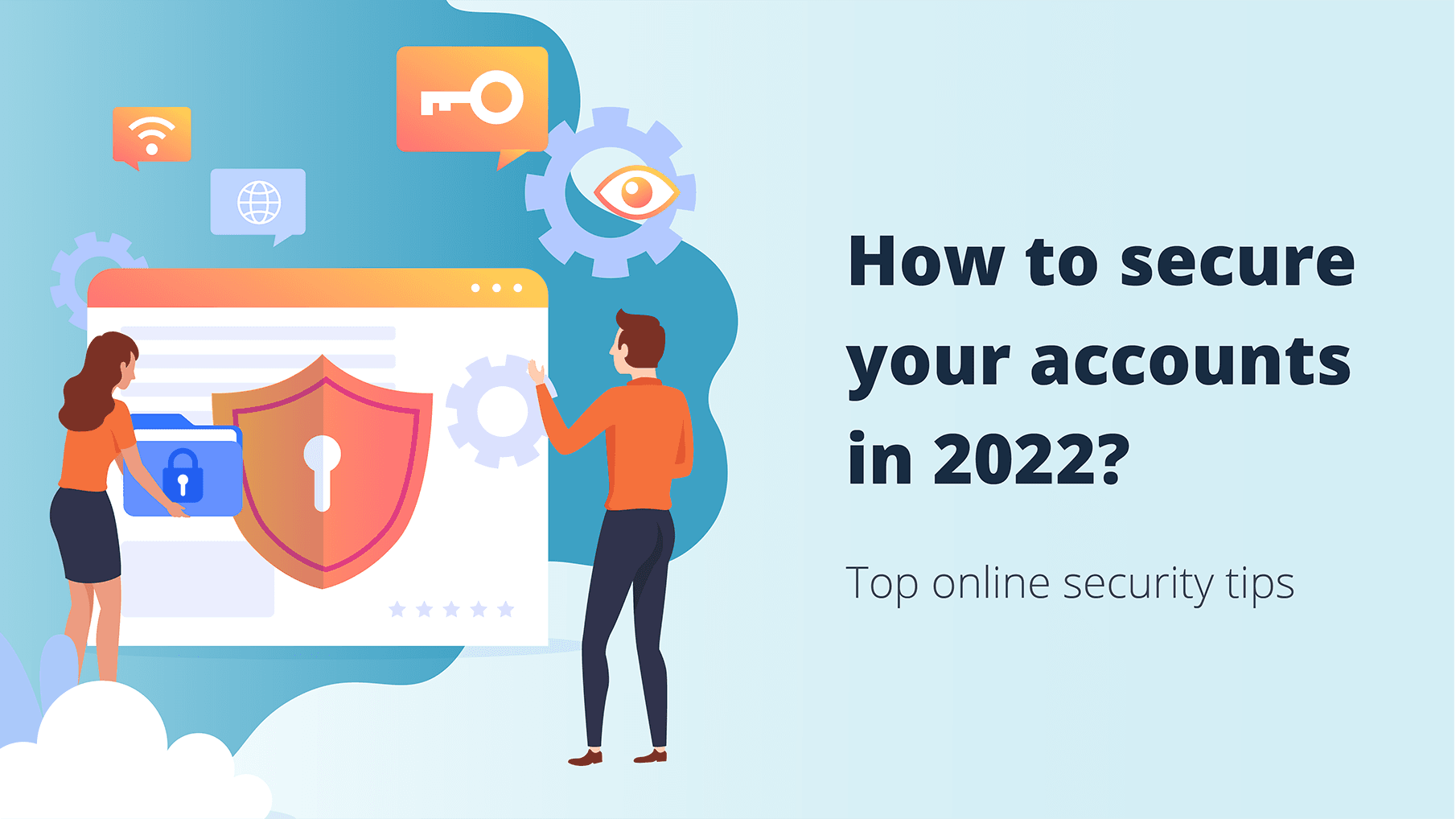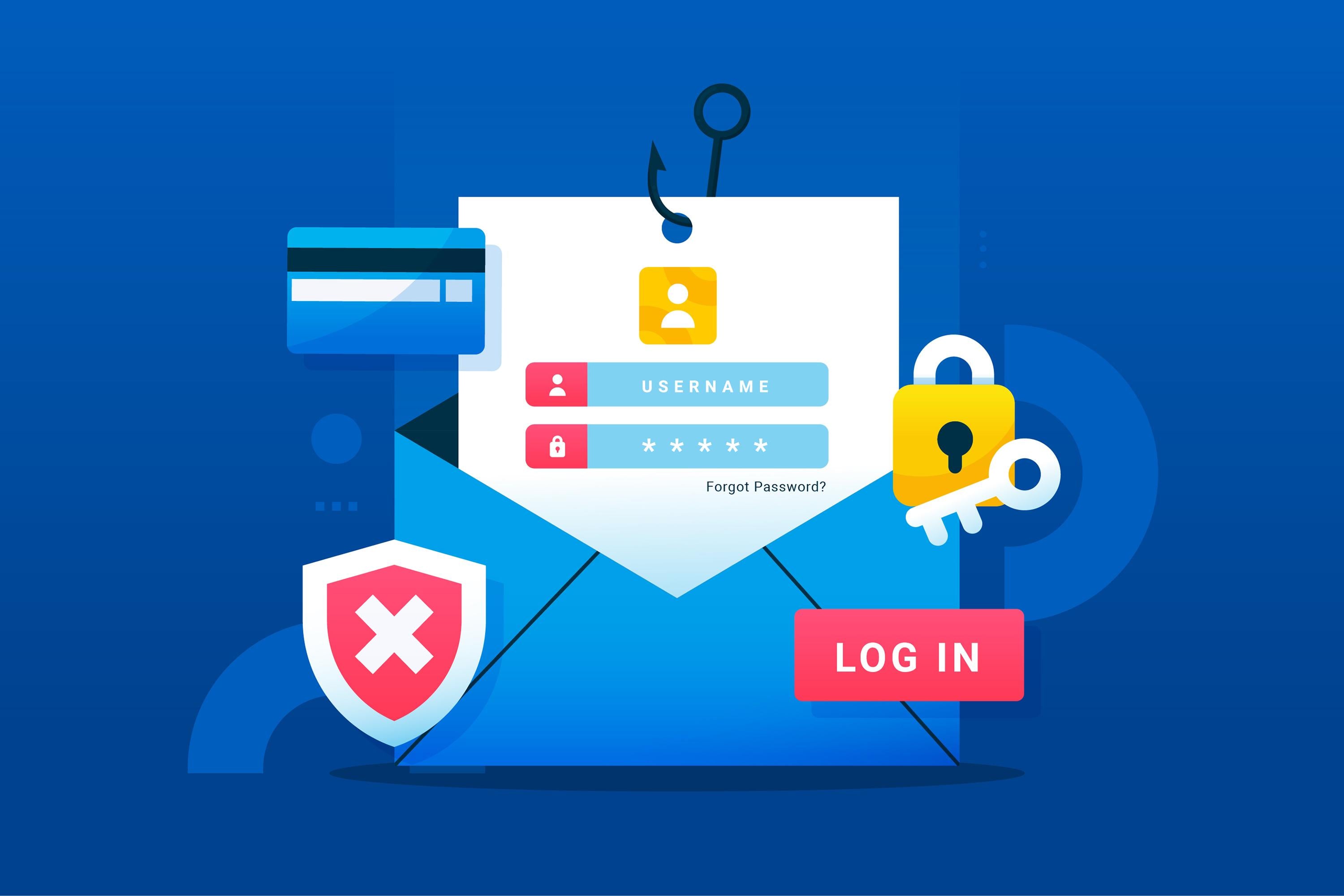
2021 is finally behind us, but the troubles it brought along have spilled over into the new year as well. The ongoing pandemic shifted how we operate and significantly accelerated the switch to remote work. With this, it also brought a long list of online privacy and security concerns.
And, although there’s no telling when the Covid-19 pandemic will die down, one thing is certain – the post-COVID world will not be the same. The crisis introduced us to a series of cybersecurity challenges for which most online users haven’t been prepared. If you want to start the new year right, read our cybersecurity predictions and best tips on how to secure your accounts in 2022.
What are the Main Threats to Online Security?
As the Covid-19 pandemic has shown us, cybersecurity trends are often a mix of old scams and new techniques. That’s why, to enhance our online security, we must first understand the latest cybersecurity trends. With that in mind, here is the list of the main threats to online security:
- Increase of Spear Phishing Campaigns – One of the more worrying cybersecurity trends is the apparent increase of automated phishing. Automation means that phishers can send many more emails and dramatically increase the number of potential victims.
- Rising Concern over Smart Device Security – From the mobile phone you’re holding in your hand to your car and many other devices in your household, smart devices have become a significant part of our everyday lives. The algorithms are getting more complicated year after year, invading more of our privacy than ever before. With this, so rise the concerns regarding account security and protecting private user information stored in your account.
- Increase of Attacks on Accounts Without MFA – We’ve seen this occur already in 2021. Many users still fail to add strong Multi-factor Authentication (MFA) and hackers regularly take advantage of this. Moreover, no service or website is safe from potential security breaches if it doesn’t have Multi-factor Authentication set up for its valuable data.
- Hacker Attacks Aimed at VPN Servers – Virtual Private Networks have become prevalent tools for obtaining online privacy and anonymity. That said, we can expect a significant increase against VPNs and remote servers. This is because many businesses have switched to using VPNs for their daily operations. Hackers have realized that by cracking through the VPN encryption, they get free access to valuable financial info, credentials, and exploit the network.

How to keep your accounts secure?
Fortunately, making your devices more secure and less prone to breaches is not that difficult, even if you are not that tech-savvy. Let’s take a close look at the most effective methods of how to increase your account security and protect valuable data:
- Close the Accounts you’re Not Using – If you have any accounts or apps, you don’t use anymore, close and delete them from your devices. It’s also always a good idea to do an occasional app check and update permissions to apps you don’t use regularly.
- Use Unique Passwords – Stealing data through obtaining a username and password combination is still the most common practice among hackers. The most effective way you can prevent data breach incidents is to use a strong and unique password for every account and profile. Probably as equally as important, make sure to often change your passwords for each of your online accounts.
- Use Different Emails for Different Accounts – Consider using several different emails for different purposes. For example, use disposable accounts for your social media and keep a personal email address you only use for banking or business.
- Use MFA – Multi-factor authentication makes your accounts significantly harder to breach. Even if a hacker gets ahold of your password, it will be useless if your online accounts are secured with an MFA device. Notwithstanding the popularity of software tokens, we don’t recommend trusting your second factor to the same device you want to protect (see one of our previous articles for more details).
- Turn off the “Save Password” Feature in Browsers – Utilizing the “Save Password” in your browser daily might seem like a convenient way of accessing all of your accounts, but the security risk tradeoff that comes with it isn’t worth the convenience.
- Try Passwordless Authentication – There is no arguing that passwordless access is the future. The new FIDO2 framework is gradually replacing passwords altogether with a new type of credentials that cannot be stolen. By going down this route, you eliminate the risk that comes with traditional passwords while obtaining a convenient way of accessing your online accounts from anywhere.
What are the Benefits of Going Passwordless?
– A Close-up Analysis
Passwordless authentication is a type of MFA that aims to eliminate traditional information verification systems vulnerabilities. The most significant benefits of passwordless authentication include:
- A More Intuitive MFA System – Multi-factor authentication is an excellent method for increasing account security, but it’s not exactly convenient. Passwordless authentication is a more intuitive variation of two-factor authentication (2FA, as it doesn’t affect the user experience so significantly).
- More Convenient User Experience – In line with the previous advantage, such a verification system provides for enhanced account security and a hassle-free and seamless user experience. You don’t have to remember any passwords or stress about misspelled details in unsuccessful login attempts.
- Better Protection Against Phishing – Although no system can fully protect you against phishing if you’re not careful, passwordless authentication is the safest way to prevent data breach opportunities and protect your online accounts.
The even better news is the world’s leading tech companies are already pioneering the switch to passwordless authentication. As one of the most prominent names in the industry, Microsoft promised to kill passwords by the end of 2021. Microsoft stated that this program started back in 2019, and by World Password Day in May 2020, over 150 million people used passwordless authentication to access their Microsoft accounts. It’s worth mentioning that Microsoft’s biggest competitor, Apple, is also promoting passwordless authentication. FIDO standards are already supported by major browsers and operating systems, such as Windows and Android platforms, Google Chrome, Mozilla Firefox, Microsoft Edge and Apple Safari browsers.
Make your Online Accounts More Secure in 2021
There’s no doubt that 2022 will bring on a series of security challenges, some of which we’re probably not even aware of yet. Hopefully, the online security tips we’ve shared with you on this page will help you make your online accounts more secure.
Going passwordless and setting up 2FA for your accounts are all steps in the right direction if you want to be more secure online. Be certain to follow our tips for being more secure and make your account safer and more secure without any delay.



